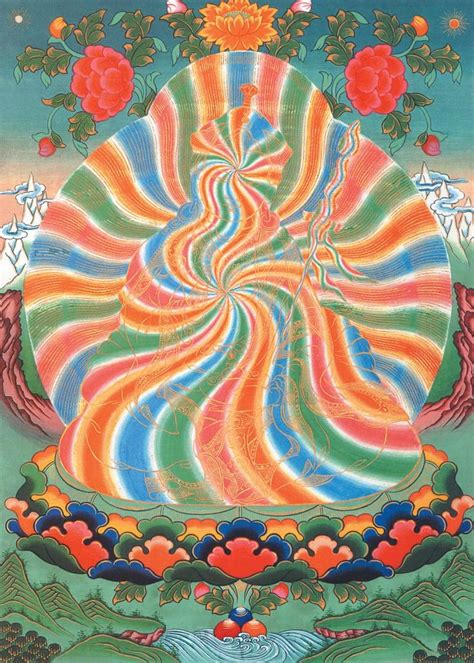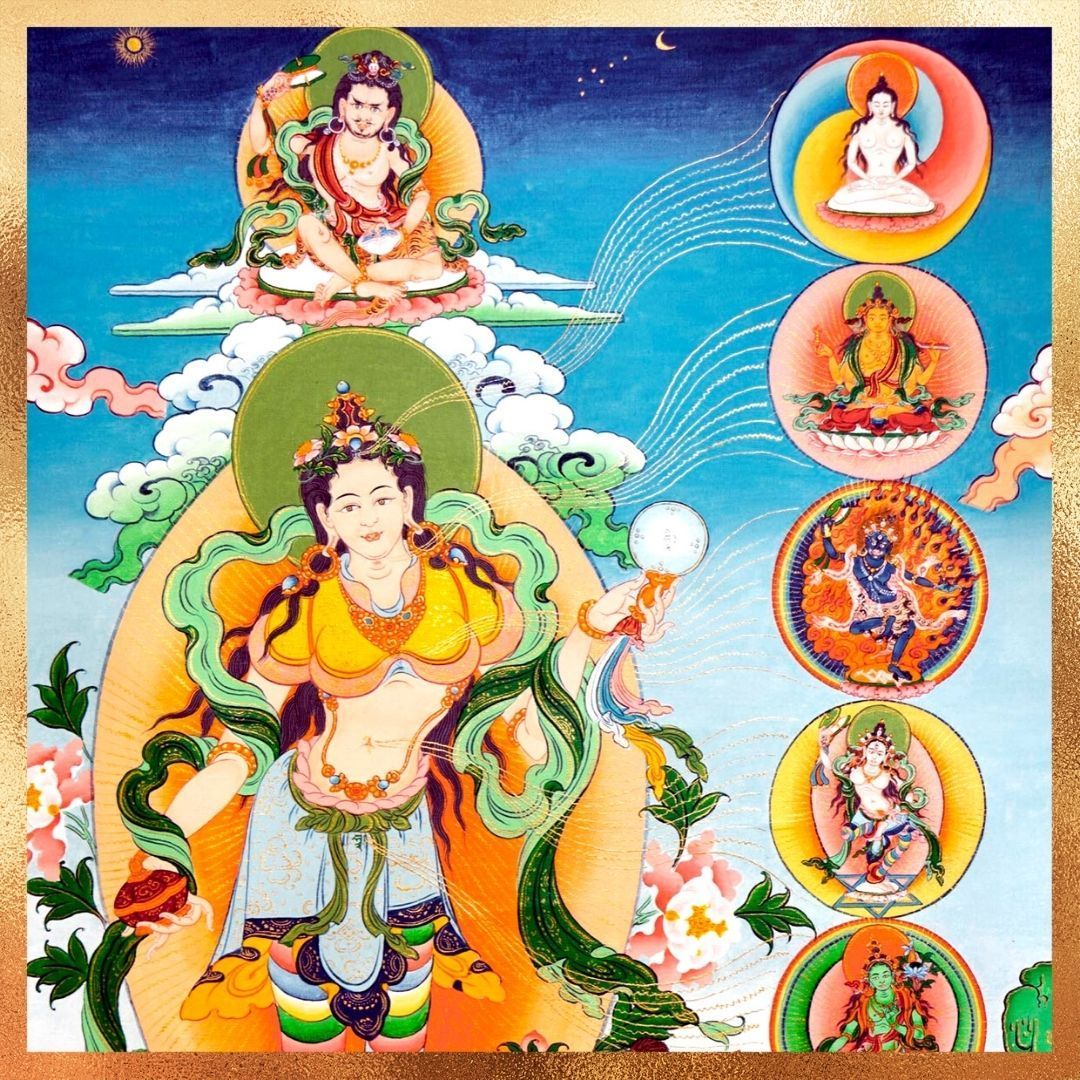

What is a Terma?
Padmasambhava, also known as Guru Rinpoche, was a great yogi from the secret land of Oddiyana. This exalted 8th century master was vital in establishing Buddhism in Tibet. One of the unique methods he used during his time was the hiding of teachings called terma, or treasures, to be discovered in future times. They were concealed in a variety of ways by Padmasambhava and his Tibetan consort Yeshe Tsogyal.
There are many different types of terma but most terma can be condensed into three main categories: earth treasures (sater), pure vision treasures (dagnang), and mind treasures (gongter). Terma were also hidden in water, and stories of their revelation can be truly miraculous. For example, the treasure discoverer (terton) may plunge into a raging river, or walk into a lake bearing a lit butter lamp and emerge after some time with a terma in hand and the light still burning. An earth terma may be hidden in the earth and is a physical object such as a text or ritual instrument. A pure vision treasure can appear as words in space which are then written down. A mind treasure appears directly within the mind stream of the treasure discoverer. Often terma are revealed, and then kept secret for a certain period of time, as was the case with these sublime treasures of the Ösel Nyingtig.
What is a Tertön?
Tertön is the title given to those who reveal terma; in general, they are reincarnations of the twenty-five heart disciples of Padmasambhava. The prophesied tertöns appear during times of strife to offer practices appropriate for that time. The terma tradition ensures that the teachings remain fresh to aptly address the needs of each time period. For more information on terma and tertons see Hidden Teachings of Tibet by Tulku Thondup published by Wisdom Publications.
Who is Yeshe Tsogyal?
In the 8th century the Tibetan princess of Karchen, Yeshe Tsogyal, who is considered the mother of Tibetan Buddhism, was instrumental in transmitting the Dharma and concealing terma along with her extraordinary teacher and consort Padmasambhava. In the 11th century, she would reincarnate as Machig Labdrön, the founder of the Chöd practice. There are several biographies of Yeshe Tsogyal published in English like Lady of the Lotus-Born by Galwa Changchub and Namkhai Nyingpo and The Life and Visions of Yeshe Tsogyal by Terton Drime Kunga.
